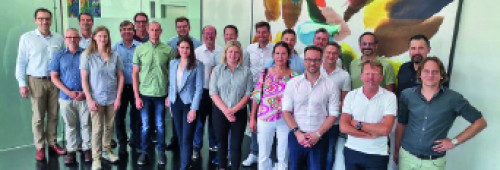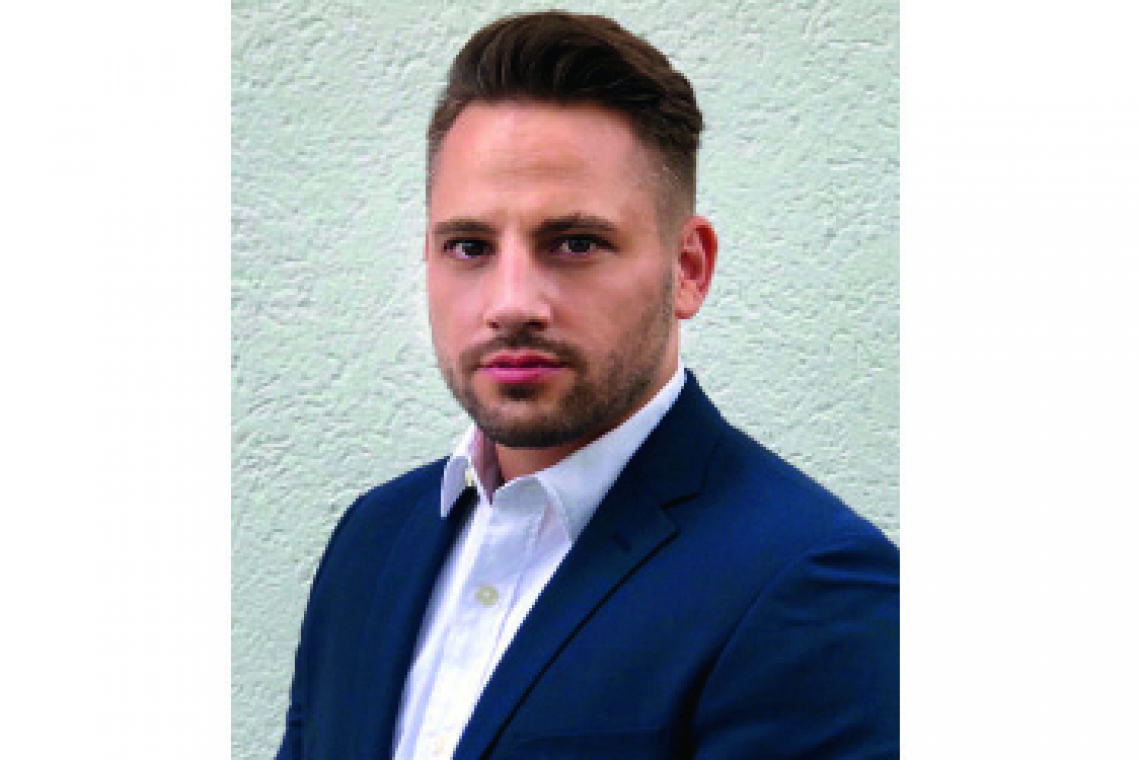Dr. Jahnnes Gartner, Co-Founder and Deputy Chairman of AM-Austria, Interview: Dr. Wolfgang Hansal
W. Hansal: Dr. Gartner, you coordinate the Austrian 3D printing industry via the Additive Manufacturing Austria platform. Can you please briefly introduce this initiative to our readers?
J. Gartner: In Austria, despite the lack of nationally coordinated initiatives to promote the additive manufacturing industry, a lively community of industry and science has developed in the recent past. This community has taken the initiative to network itself with the clear aim of strengthening the domestic players in the additive manufacturing sector both at regional and international level and putting them in the spotlight. This dynamic network gave rise to a technology platform that quickly became one of the most important in Austria with over 70 members. Today, it serves as a central interface and essential hub for all those involved in the industry.
Members of this platform have the opportunity to play a key role in the thematic and strategic direction of special working groups. As a result, they benefit from a comprehensive range of support, from research to marketing. AM-Austria not only promotes media presence and international visibility of Austrian achievements, but also acts as a driving force for top programs and partnerships. The platform also positions itself as the powerful voice of the industry. It consolidates the requirements of the industry, prepares them professionally and speaks specifically in the political and public arena, always with the focus on creating the best conditions for the sector.
 The members of the AM-Austria platform meet several times a year at a member's home for a personal exchange
The members of the AM-Austria platform meet several times a year at a member's home for a personal exchange
W. Hansal: You set out an ambitious guideline on your website: "We want to develop Austria into one of the most innovative pioneers in the field of AM in order to leverage the enormous future potential of this technology for our location." How do you plan to achieve this?
J. Gartner: Austria's foundation for a first-class role in the field of additive manufacturing is already remarkably solid internationally. For its modest size, Austria scores with above-average performance in this sector. A study by the European Patent Office (EPO) sheds light on the developments and leading players in AM technologies. Between 2014 and 2017, AM patent applications recorded an international increase of 370%. Austria shines with unparalleled growth and claims the top position with an increase of 1300%. In addition, with over ten domestic manufacturers, the country offers an impressive variety of AM technologies and ranks 4th worldwide in terms of the number of system manufacturers. Only the USA, Germany and China have more AM device manufacturers, with Austria being the global leader in relation to its population. Furthermore, the Austrian industry offers a complete and high-quality value chain in the AM sector.
Austria's foundation for a world-class role in additive manufacturing is already remarkably solid internationally
Despite these impressive achievements, this progress often remains unrecognized by the general public, as well as in political and economic circles. We firmly believe that Austria's position as a leading industrial nation must be further strengthened through a united, coordinated effort in order to remain internationally competitive and at the forefront of future technologies.
In order to achieve this goal, we are actively committed to cross-border networking and cooperation between all federal states. We promote an intensive exchange of information between our members and key international institutions, emphasize the international visibility of Austrian achievements and work continuously to create improved framework conditions.
W. Hansal: Do you also think outside the box and are you open to cooperation with partners from Germany, for example?
J. Gartner: In addition to bringing the Austrian players together, networking and cooperation with international partners is our top priority. This area is so important to us that we have dedicated a separate working group to it, which deals intensively and specifically with cooperation with international partners. We already maintain partnerships with numerous international companies, initiatives and organizations that show an interest in the Austrian AM market or have a desire for cross-border and international cooperation and projects. We also count companies based outside Austria among our members.
"The integration of metallic 3D printing into the industrial context faces several challenges", quote from Dr. Gartner
W. Hansal: The industrial implementation of 3D printing is still lagging behind expectations, especially in the metal sector. What do you think could be the reason for this?
J. Gartner: Your observation gets to the heart of the current situation. The integration of metal 3D printing into the industrial context faces several challenges. First and foremost, despite the continuous advances in technology, the application of the machines and processes requires a deeper understanding of additive design, material and the necessary post-processing. There is currently a gap in terms of expertise and training in this area, and this is undoubtedly slowing down adaptation in companies.
3D-printed metal parts often require intensive post-processing
A second important point is that 3D-printed metal parts often require intensive post-processing. This is where surface technology in particular comes into play, as it is crucial for the quality and function of the end product. Combining different specialist areas is therefore often essential for a value-adding application, and the establishment of cross-industry standards and best practices would be of great benefit here. Sharing experiences with other players in the industry can be crucial here.
Nevertheless, despite all these hurdles, I am confident about the future. The industry is continuing its efforts to develop innovative solutions and I am convinced that metallic 3D printing will become even more important in the near future.
W. Hansal: My final question: What role does surface technology, especially in the form of post-processing, play in the industrial implementation of 3D printing of metal components?
J. Gartner: As already mentioned, surface technology plays a crucial role in the additive manufacturing value chain. While the AM process has the ability to create complex and customized components from different materials, it is often the downstream surface treatment processes that determine the final functionality, aesthetics and durability of the product. This applies not only to metallic but also ceramic or polymer-based components. Surface treatment can significantly improve aspects such as wear resistance, corrosion resistance, biocompatibility and optical properties. Specialized surface technologies also enable the optimization of component adhesion in multi-material applications or the integration of additional functions. Surface technology therefore plays a key role in exploiting the full potential of additive manufacturing and making the technology accessible to a wider range of applications and industries.
W. Hansal: Dr. Gartner, thank you very much for the interesting interview and good luck for the future!


